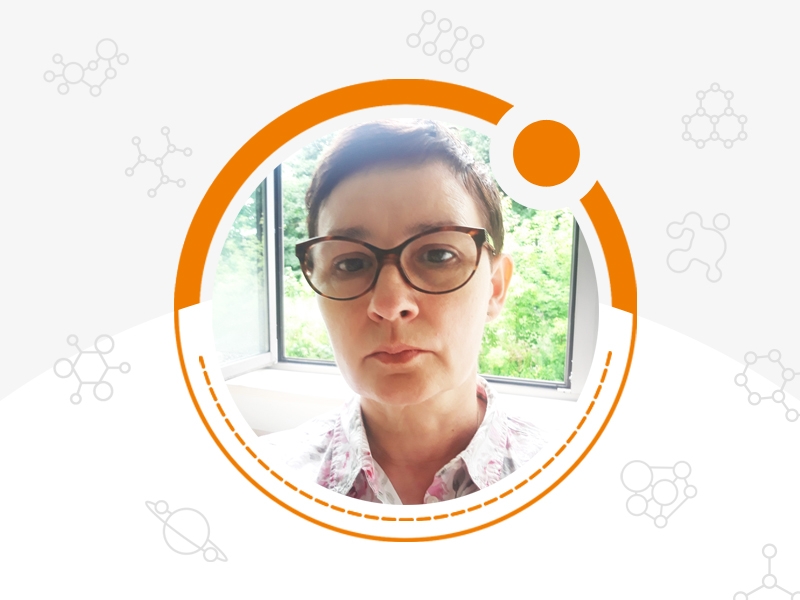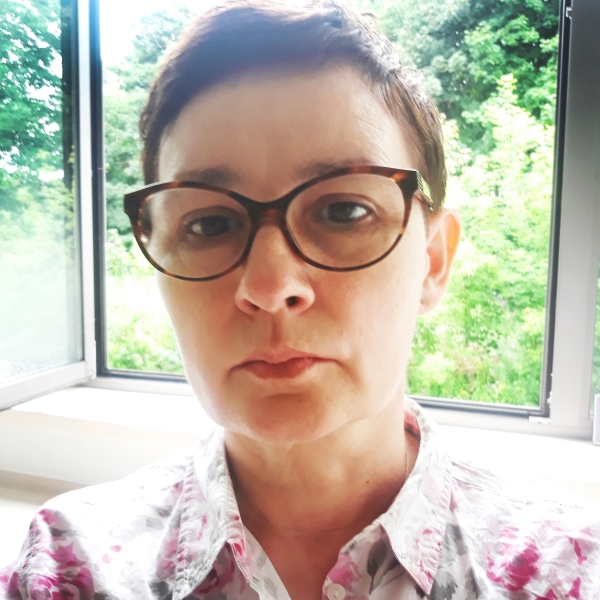
29 August
INTERNATIONAL DAY AGAINST NUCLEAR TESTS

„Save the date” is a series of articles that have been written to celebrate various unusual holidays. The authors of the presented materials are students, doctoral students and employees of the Faculty of Science and Technology of the University of Silesia.
International Day against Nuclear Tests was established on 30 October 2009 during the 64th session of the United Nations. 29 August was chosen as the day of observance to mark the anniversary of the closure of the world’s largest nuclear weapons testing site in Semipalatinsk, Kazakhstan. The testing site was closed in 1991 by a decree issued by Nursultan Nazarbayev, President of Kazakhstan. From 1949 to 1991, Moscow conducted more than 450 nuclear weapons tests in the area, which resulted in radioactive contamination of the environment. The effects of the tests were felt by approximately 1.5 million people.
We may have thought it would be one of the holidays to remember, but no one would dare to use nuclear weapons again against another. We know the beautiful slogans “NEVER AGAIN WAR” and we believe that they are true. However, in the face of the events of February 24, 2022 in Ukraine, we realize that anything – including nuclear weapons – is possible. We invite you to read the article by dr hab. Barbara Kłos, prof. UŚ from the Institute of Physics. August Chełkowski on this topic.
fot. private archive
BARBARA KŁOS, PhD, DSC, Assistant Professor
August Chełkowski Institute of Physics
☢ The aim is to raise awareness for the need of a total ban on nuclear testing and the use of nuclear weapons, which would increase global security. Nuclear weapons are the most harmful weapons of mass destruction ever invented and pose a real threat during armed conflicts. It is important to note that the American scientists who developed the atomic bomb did not realise how powerful the explosion would be. Before the first detonation test was made (on 16 July 1945), the bomb’s power was expected to be up to 100 times lower than its actual power. One of the creators of the atomic bomb wrote after it was detonated:
„I do not feel the slightest sense of pride in the work we have done…. Perhaps, the destructive power of the bomb is so great that it will force people to coexist peacefully…”
☢ Unfortunately, it did not. Atomic bombs were used twice during the hostilities of World War II. The United States dropped atomic bombs on two Japanese cities, Hiroshima (6 August 1945) and Nagasaki (9 August 1945). It is estimated that 210,000 people died in both explosions and just as many were injured. Although almost 76 years have passed since these events, the effects of radiation in these areas are still felt to this day. There is an increased prevalence of cancer, a higher number of miscarriages, and an increased number of children born with various types of malformations when compared to areas not affected by contamination. Since the invention of the atomic bomb in 1945, there have been more than 2,000 test explosions carried out in the atmosphere, underground, and underwater mainly by the United States and the former Soviet Union. There are approximately 60 sites (atomic testing grounds) in the world where such explosions were performed. According to official information, there are currently more than 16,000 nuclear warheads in the world. They are owned by nine countries: Russia, USA, France, China, Britain, Pakistan, India, Israel (which has never officially confirmed having nuclear weapons), and North Korea. Most of these warheads are far more powerful than those dropped on Hiroshima and Nagasaki in 1945. The International Physicians for the Prevention of Nuclear War movement estimates that around 2.4 million people will die from the consequences of the atmospheric nuclear tests conducted between 1945 and 1995, whose total power was equal to that of 29,000 bombs that were dropped on Hiroshima. The threats and dangers of nuclear weapons make people extremely fearful of them and irrationally afraid of radiation. There is no difference in people’s minds between nuclear power and nuclear weapons. We must strive for a world without nuclear weapons for ourselves and our children, but we should not forget that nuclear energy can also serve humanity. But why is it in human nature to turn something good against one another?






